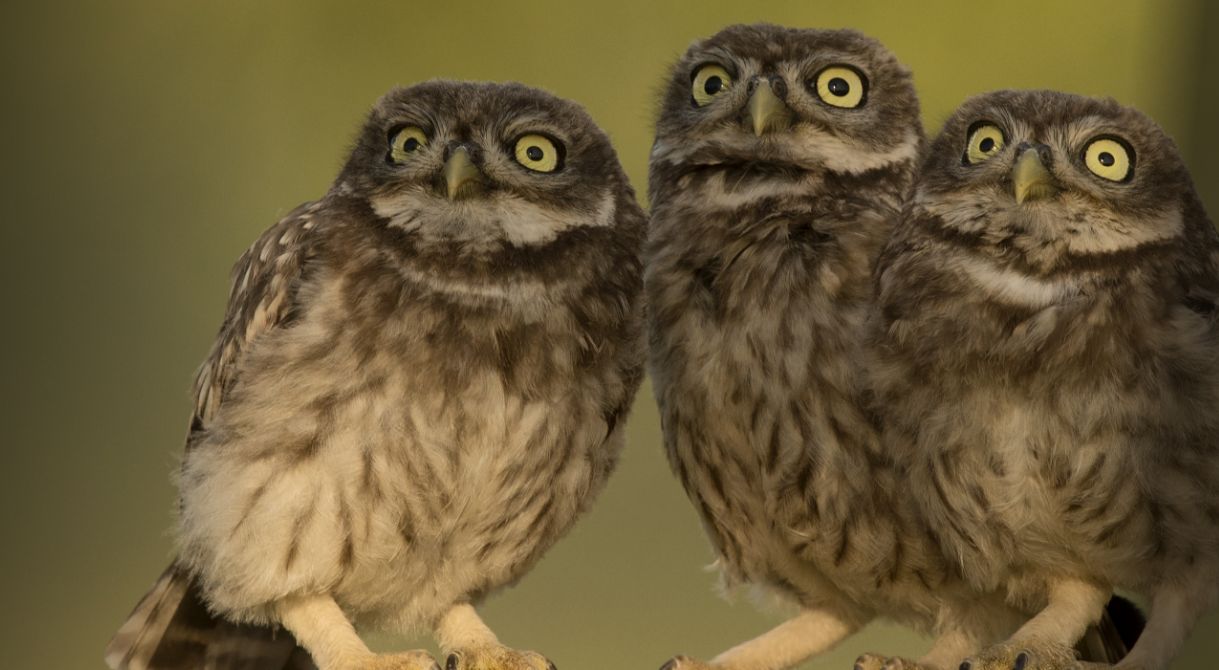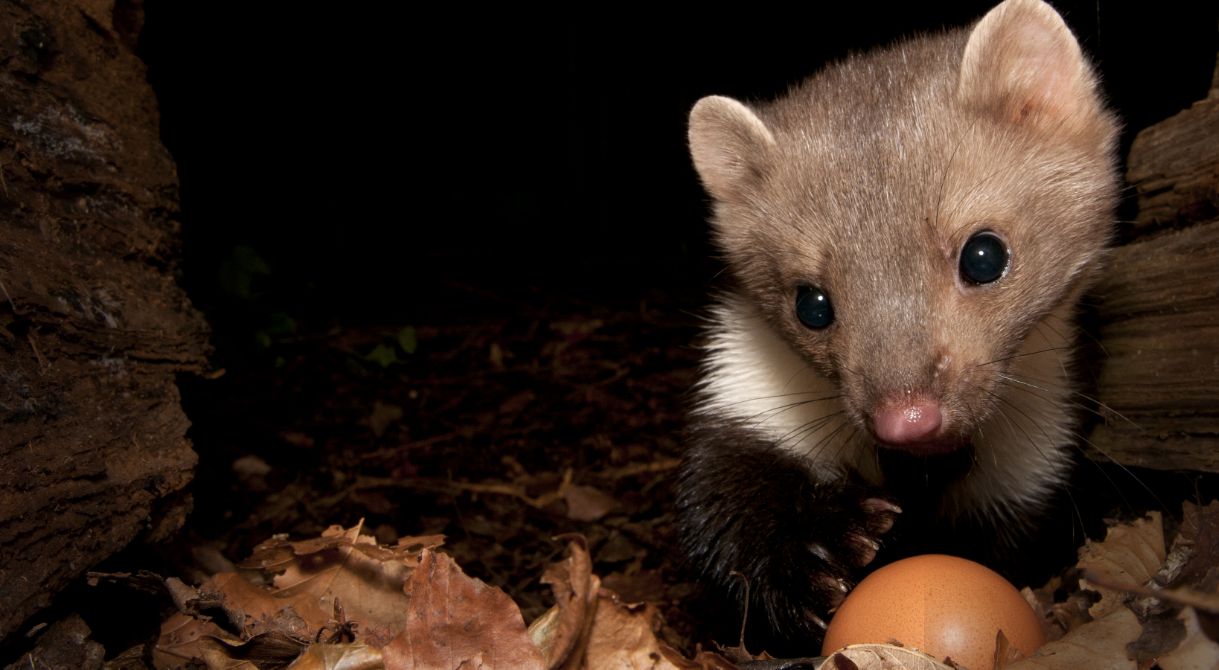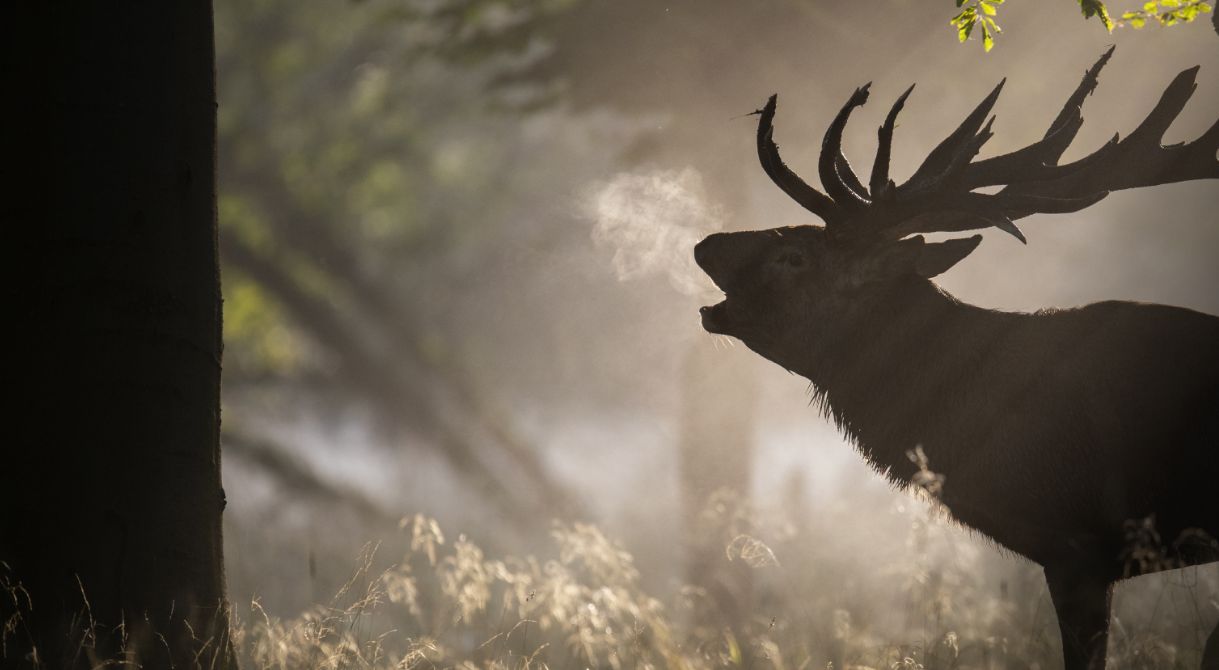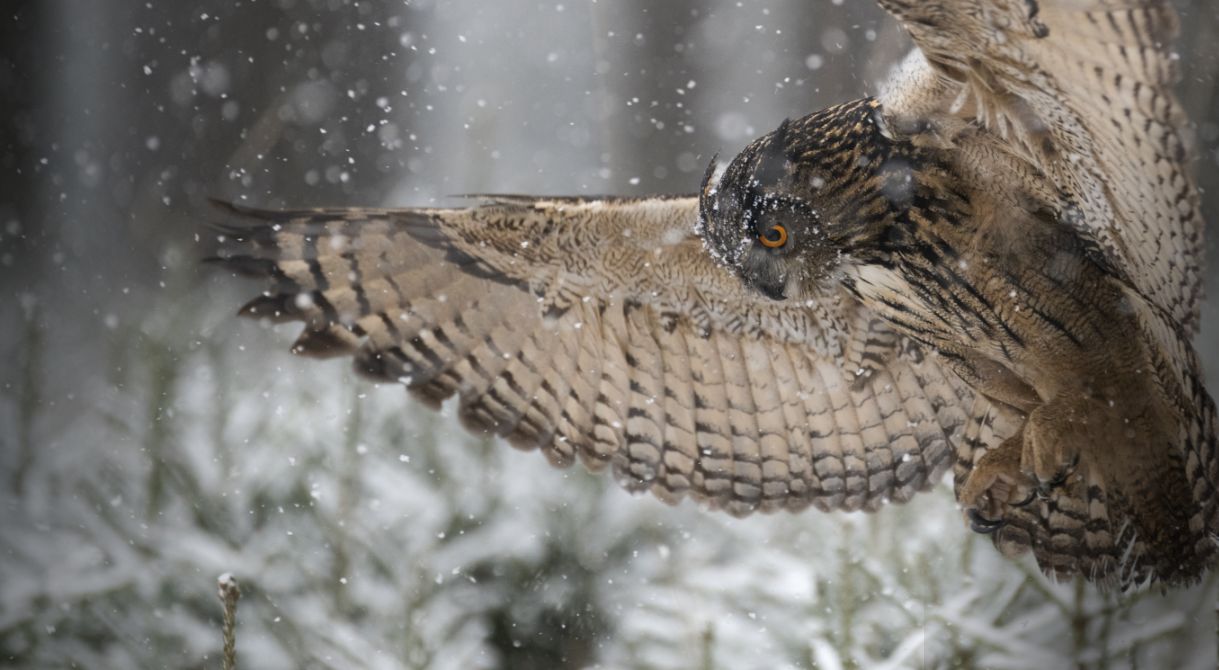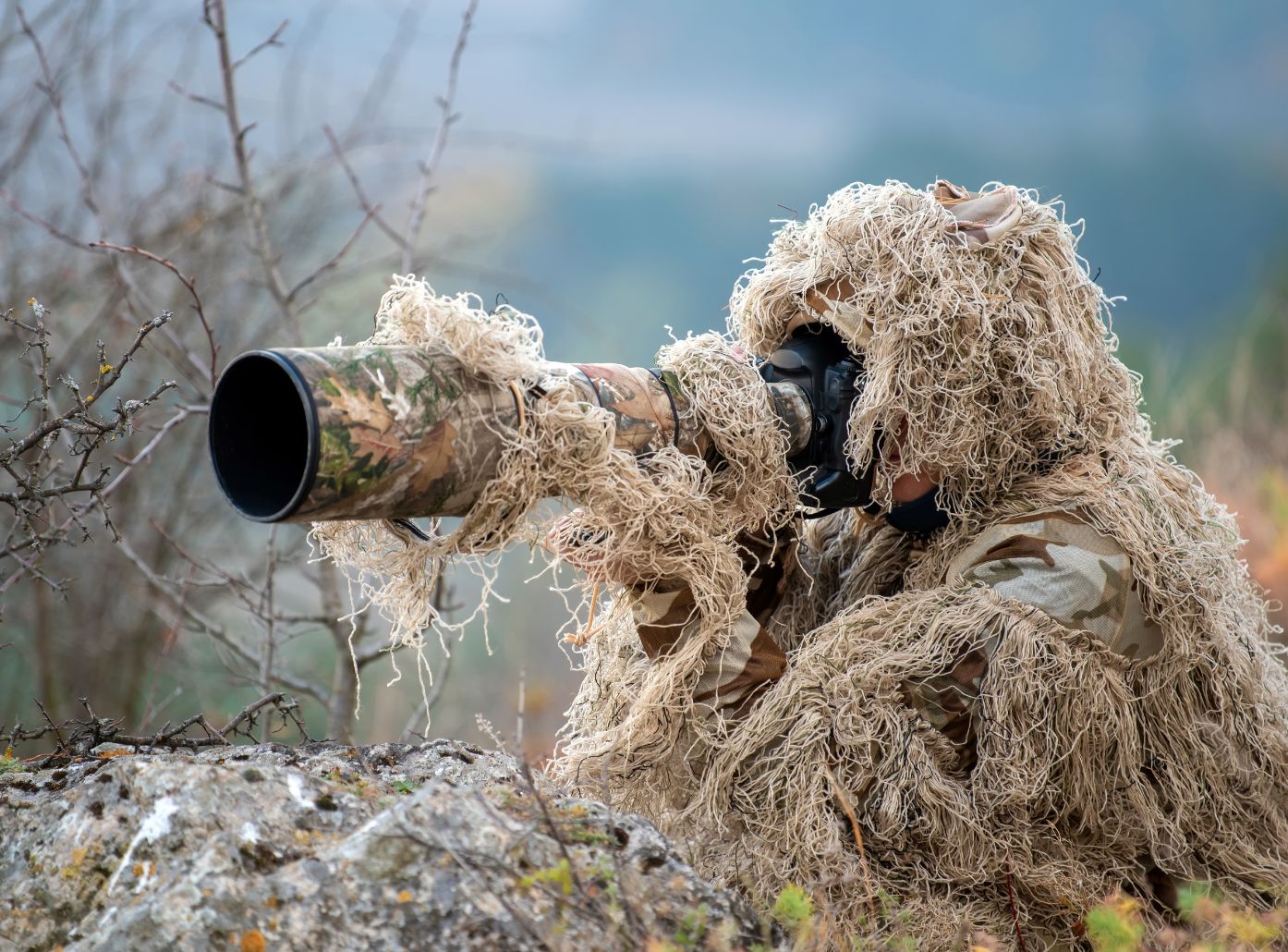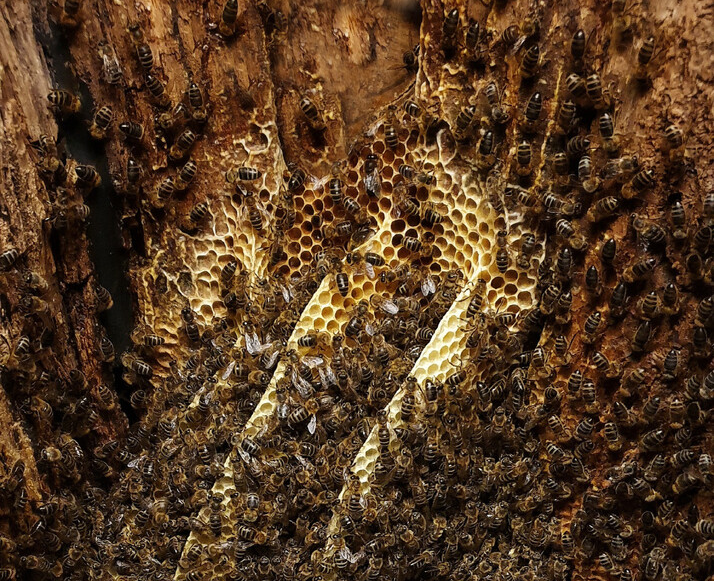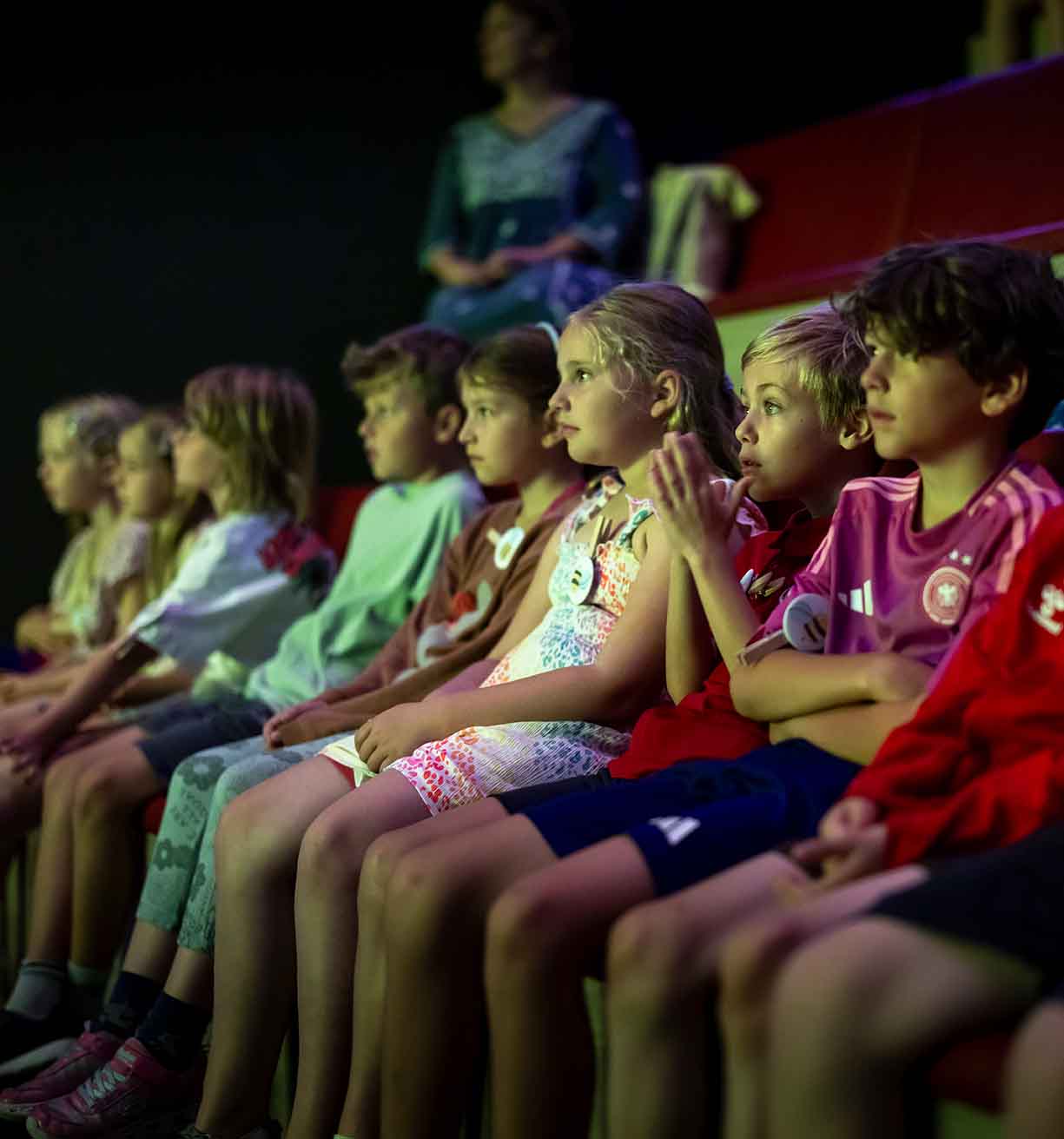How much it really takes to make a wildlife film
Many people believe that nature films are particularly easy and inexpensive to make. The main actors don't want a fee, the scenery is literally standing around in the landscape, the film team on set is comparatively small and the story writes itself, because it is dictated by the behavior of the animals - or so you might think. In reality, however, a lot of work and money goes into a nature film. Filmmakers have to procure the latest technology. Before filming begins, they carry out extensive preparatory work and research. The production itself often takes several years, as the film is often intended to document the seasonal changes and life stages of the animals. Time and again, wildlife filmmakers have to hold out in camouflage tents in all weathers and wait hours or days for their actors, as they do not stick to scripts or schedules. In the end, they have huge amounts of material that has to be reviewed, edited and cut afterwards. Last but not least, they also need music and professional voice overs.
But despite all the effort involved, people still choose to work as wildlife filmmakers and find buyers for their productions. Their commitment deserves highest appreciation.
Making the invisible visible
Nature film visualizes things that we would never be able to see without it. Sure, it's easy to watch the songbirds at the feeder. With a little practice, you can spot many animals in the forest or in the city. And with good planning, a lot of luck and perseverance, we can even observe magnificent spectacles, such as the rut of the red deer or the arrival of the cranes. But no one can crawl into the nesting tube of a wild bee, and hardly anyone is lucky enough to observe the birth of a fawn in the wild. Without the technical possibilities of film, we would not be able to follow the metamorphosis of a butterfly or look into the nest of a breeding eagle.
In nature films, we learn amazing things about our planet, and often also about their protection. We are inspired by them. This knowledge is the basis for appreciating nature, treating it with respect and preserving it.
Nature education on the big screen
The German Wildlife Foundation is committed to the protection of native wild animals and their habitats. For this nature education is essential. Because people can only learn to appreciate what they know, and they will only protect what they appreciate. Wildlife films are nature education in the best sense of the word: they get people of all ages excited about wildlife and convey knowledge more vividly than any textbook. But they can do even more: they also document what is going wrong in a world in which many species are threatened with extinction. Wildlife films therefore not only record what already exists, they are also a commitment to the future.
This is why the German Wildlife Foundation supports wildlife film in a variety of ways and created the European Wildlife Film Awards.
The private, non-profit German Wildlife Foundation was founded in 1992 by Hamburg entrepreneur Haymo G. Rethwisch. It is committed to the conservation of endangered species through numerous projects like buying land to secure it for nature conservation and transform it into wildlife-friendly habitats. The foundation also supports research and promotes nature education.
In Hamburg, in the middle of HafenCity, on the banks of the Elbe, in Germany's tallest wooden skyscraper a large, interactive permanent exhibition about native wildlife opened it's doors in summer 2024: The Wildlife Embassy. Also including a learning workshop for children, and Germanys first wildlife film theatre - the venue for the European Wildlife Film Awards.
Website Wildlife EmbassyThe European Wildlife Film Awards are presented by: Deutsche Wildtier Stiftung
We would like to thank our partners and sponsors as well as our advisors Melanie Haft and Michael Miersch for their support.
We would also like to thank Horst Jegen for contributing photographs on this website.
